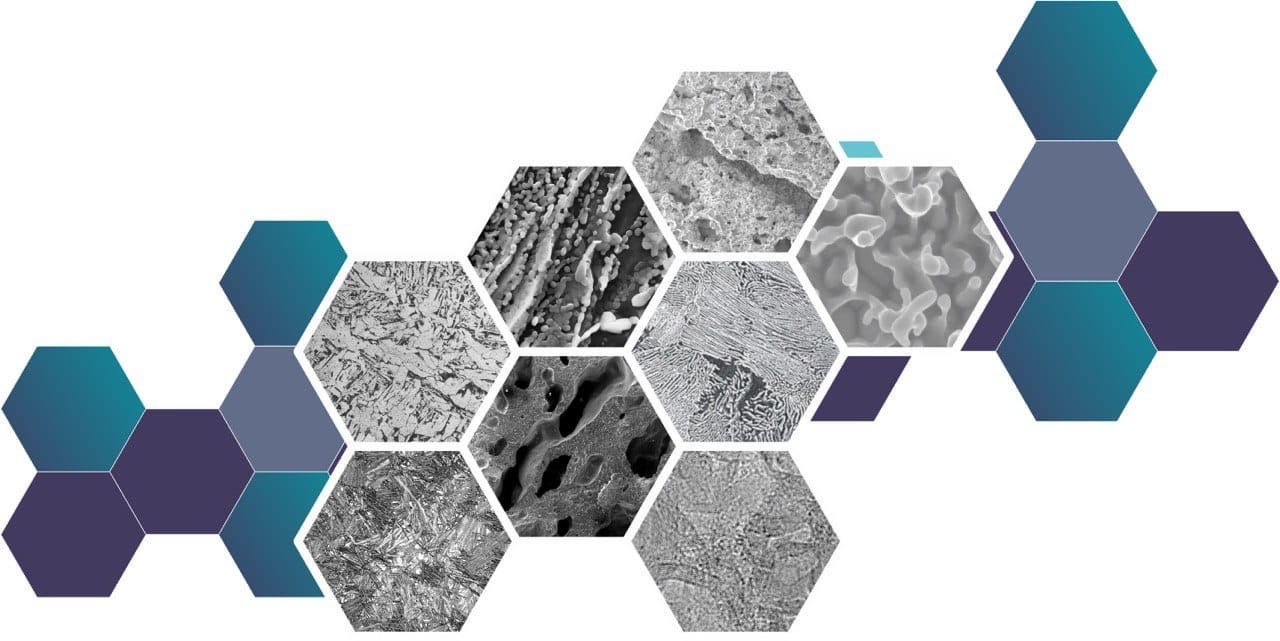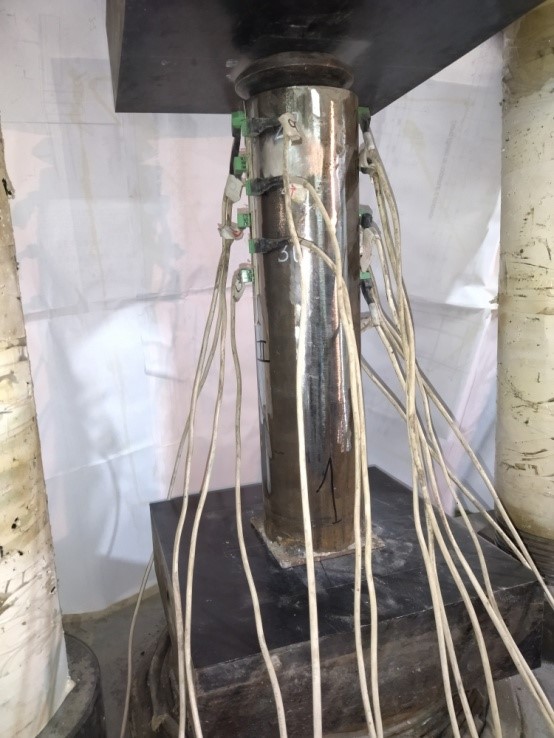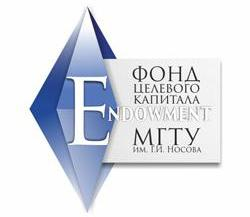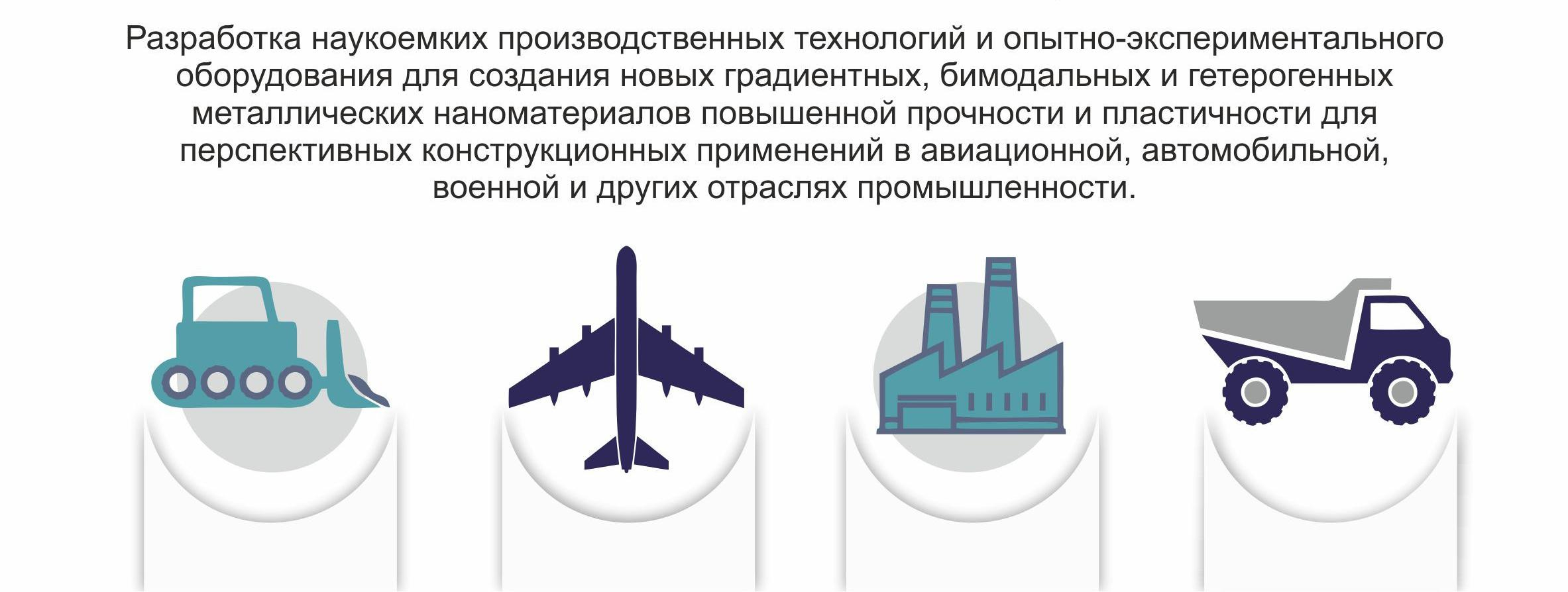
A group of scientists led by Professor Krishan A.L. conducted experimental studies on the effectiveness of the use of self-locking elements in eccentrically compressed structures on the example of pipe concrete samples.

General view of samples during testing
The presence of self-jamming elements in the region of the upper end of the samples contributed to a more complete inclusion of the steel pipe into the work. The concentrated compressive force was distributed by self-jamming elements over the entire cross-sectional area of the specimens. At the same time, due to the wedging effect of these elements, a compression of the steel pipe was created. The pipe was stretched in the transverse direction and compresses the concrete core located below. At the same time, due to friction forces, the pipe was included in the resistance to the longitudinal compressive force. This fact indicates that self-jamming elements contribute to a faster inclusion of a steel pipe in the operation of a pipe-concrete structure. Obviously, when perceiving vertical compressive forces, these elements somewhat equalize the longitudinal compressive forces, redistributing them among themselves. In this case, noticeable forces of the transverse direction arise, which are transferred to the steel pipe in the form of radial pressure. Thus, the conducted studies have confirmed the ability of self-jamming elements to more evenly distribute the concentrated loads transmitted through them.
The main result of the performed tests is that the strength of samples with self-jamming elements turned out to be 11% higher. Thus, the presence of self-jamming elements not only did not weaken the strength of normal sections of pipe-concrete samples, but also led to its growth.
The study was supported by the Russian Science Foundation grant No. 22‑19‑20073, https://rscf.ru/project/22-19-20073/ and financial support from the Chelyabinsk Region




